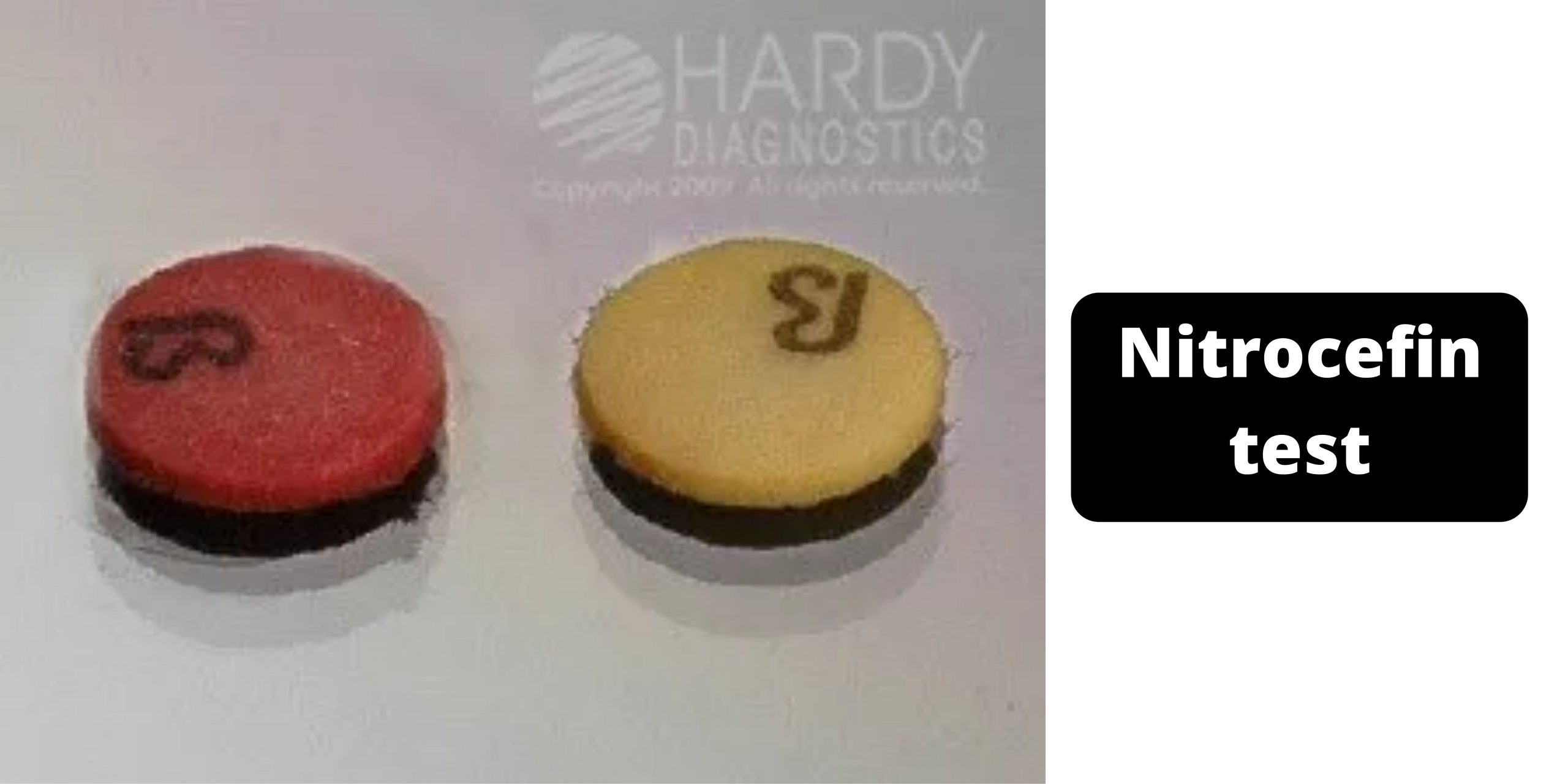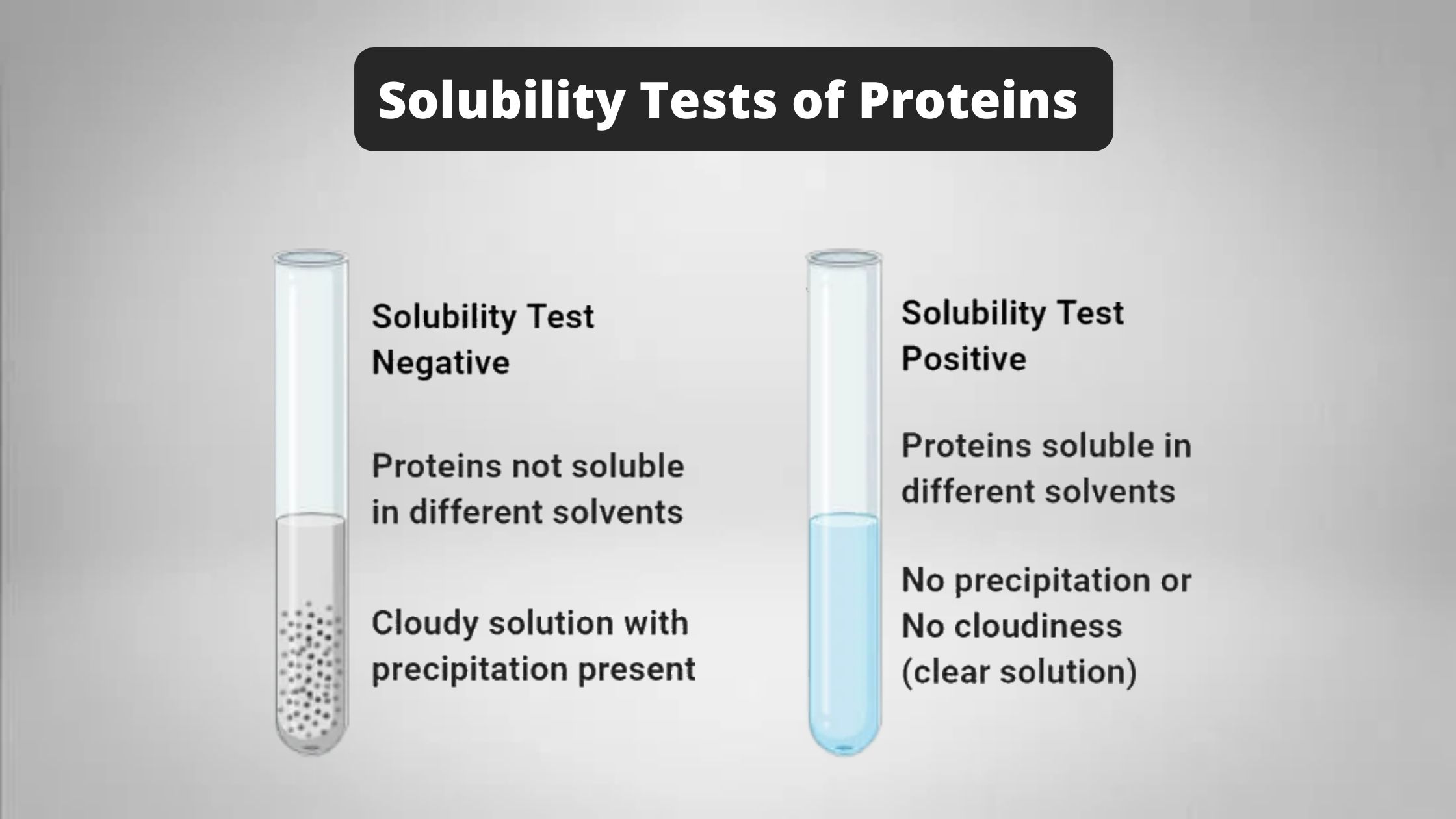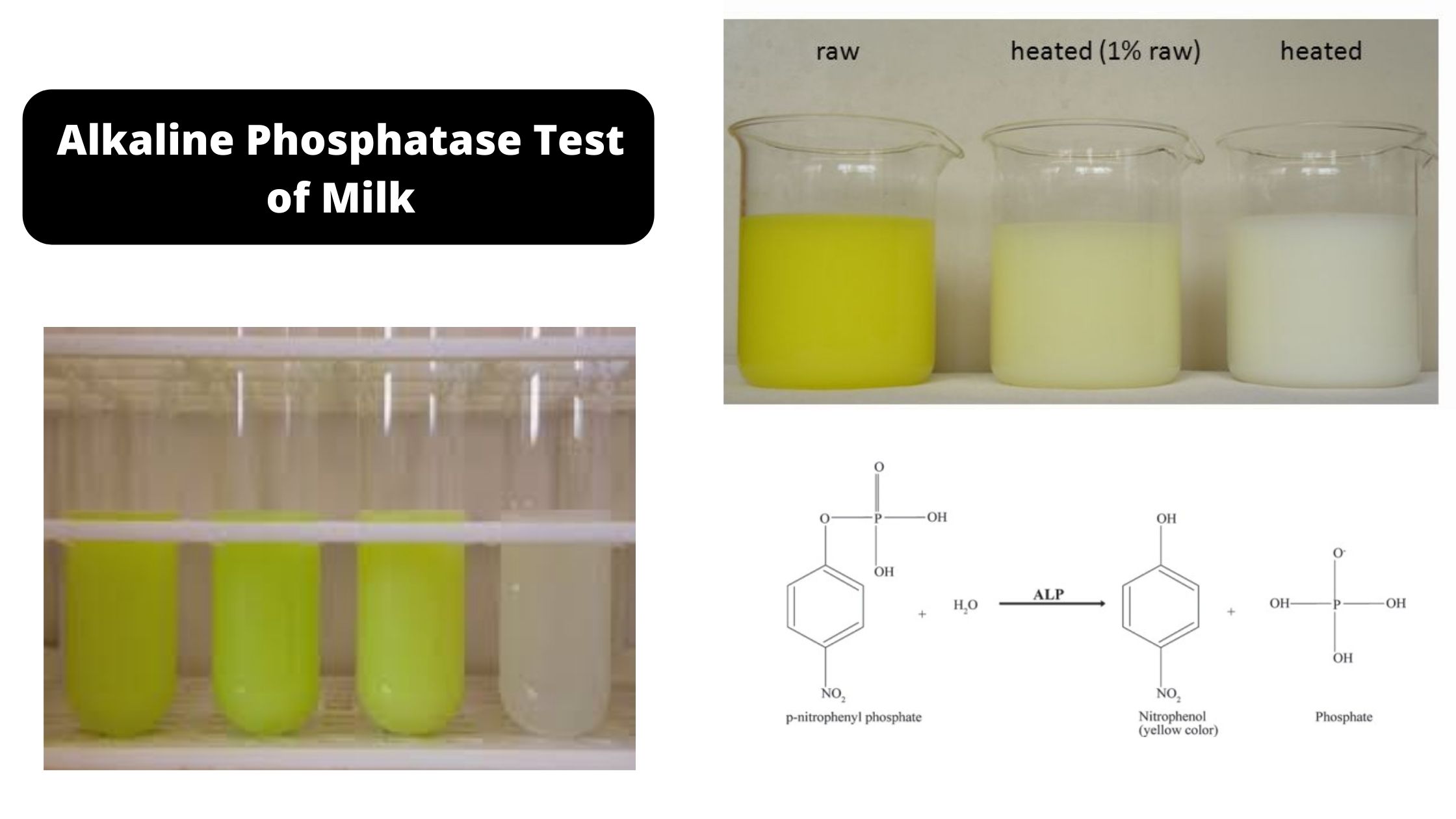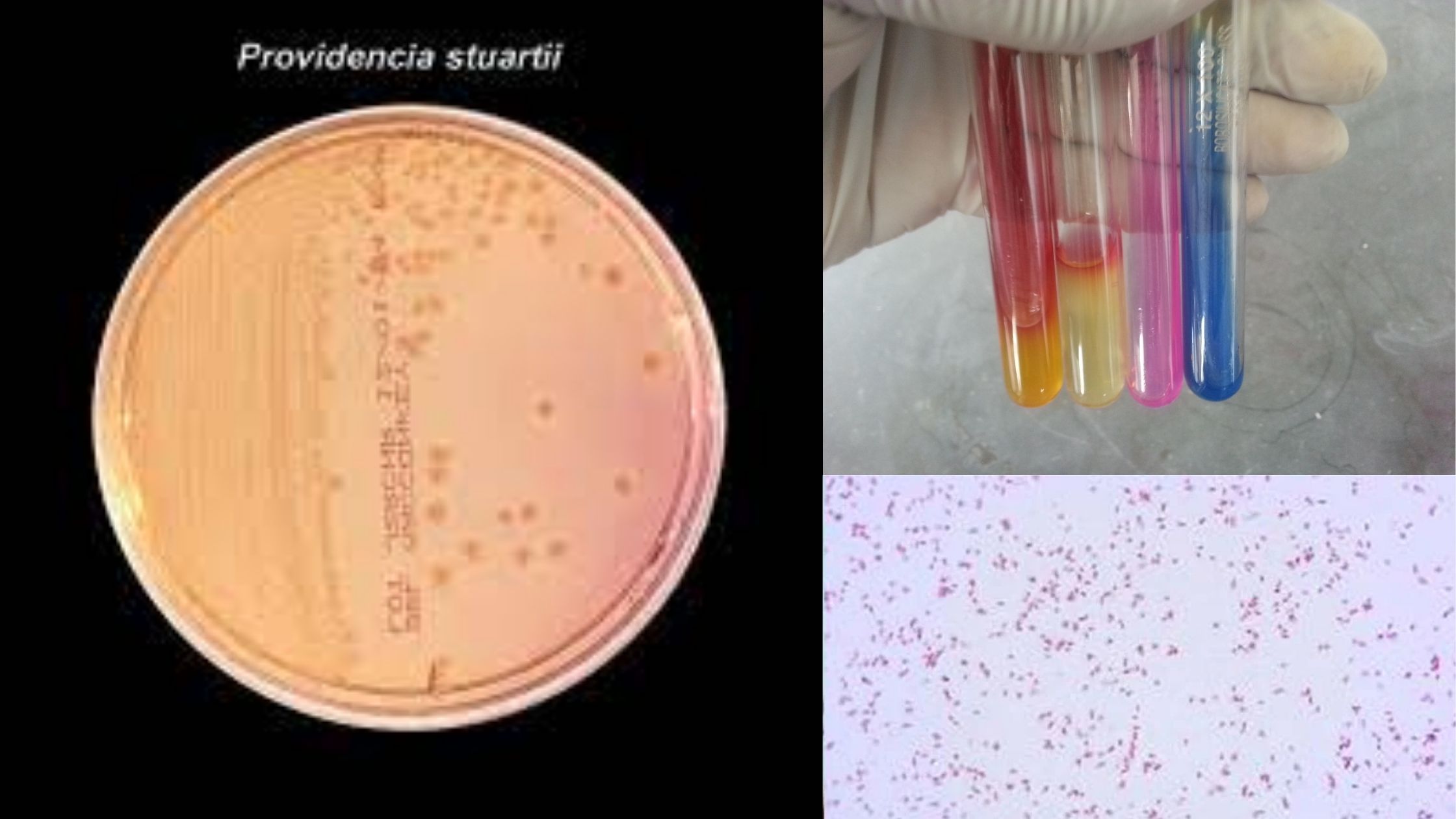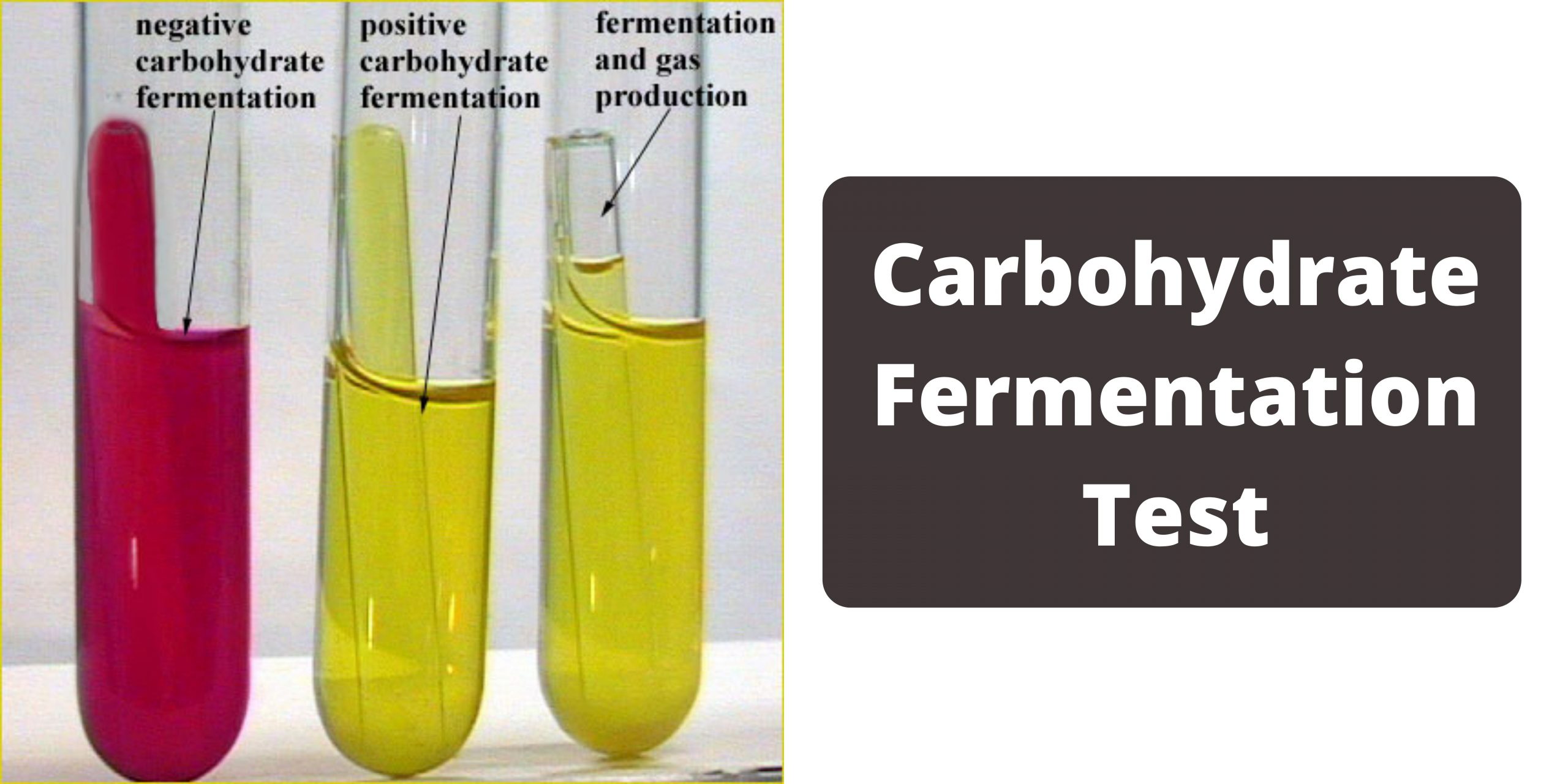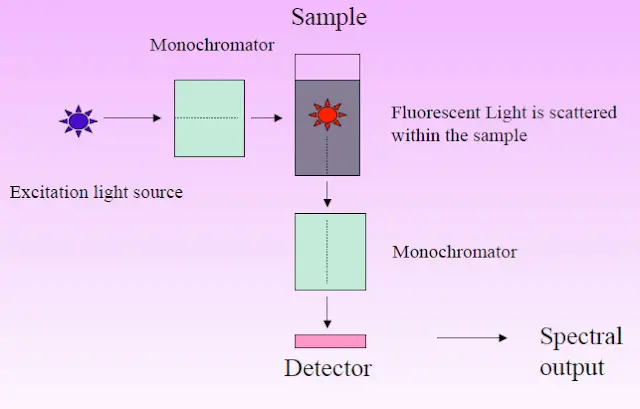Nitrocefin Test (Beta-Lactamase Test) – Principle, Procedure, Uses
The nitrocefin biochemical test is a sensitive technique for detecting beta-lactamase-producing strains of N. gonorrhoeae, H. influenzae, Staphylococcus spp, Enterococcus spp, and Moraxella (Branhamella) catarrhalis. Nitrocefin is the only reliable test for detecting beta-lactamase-producing Enterococcus spp.
